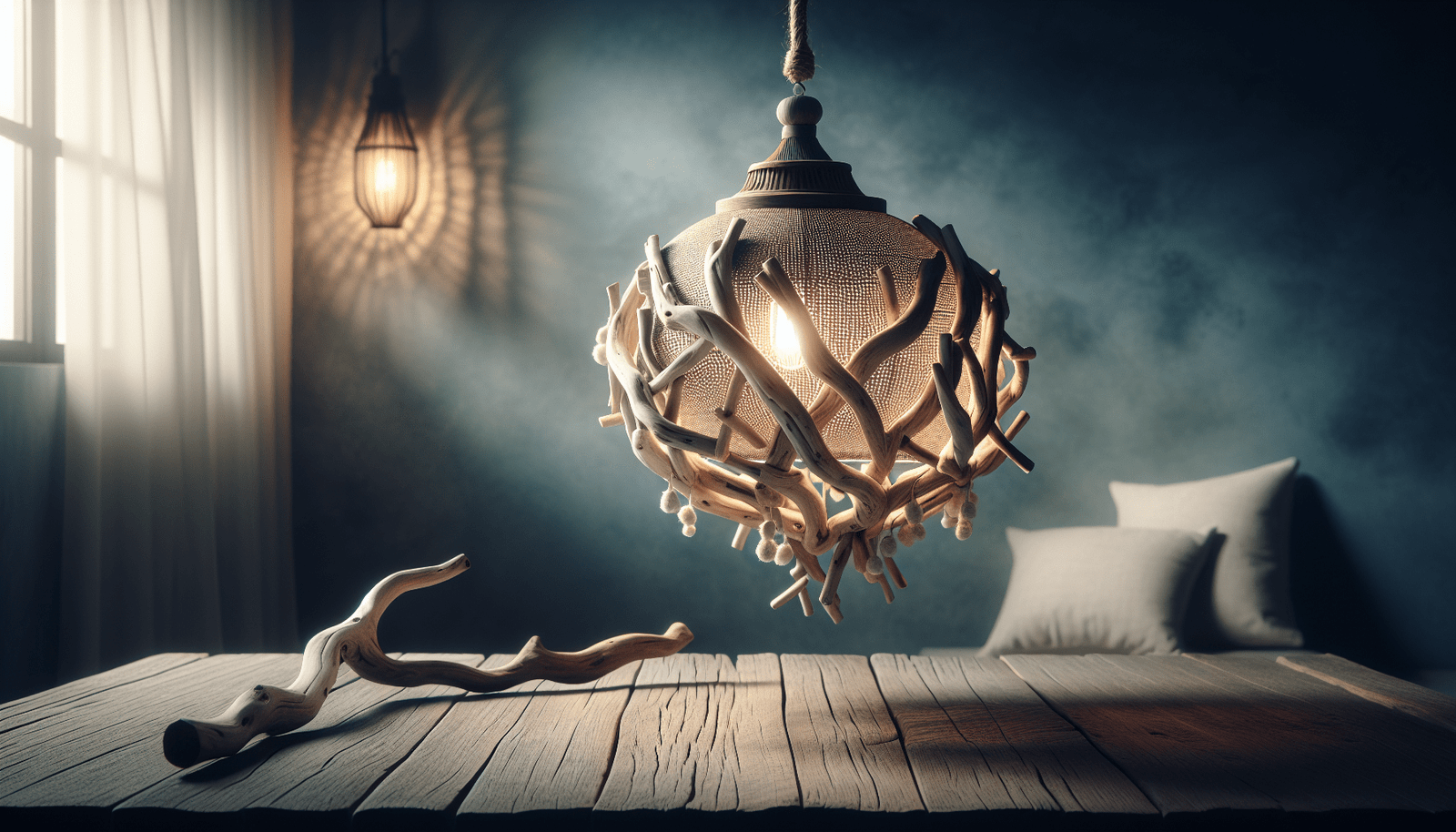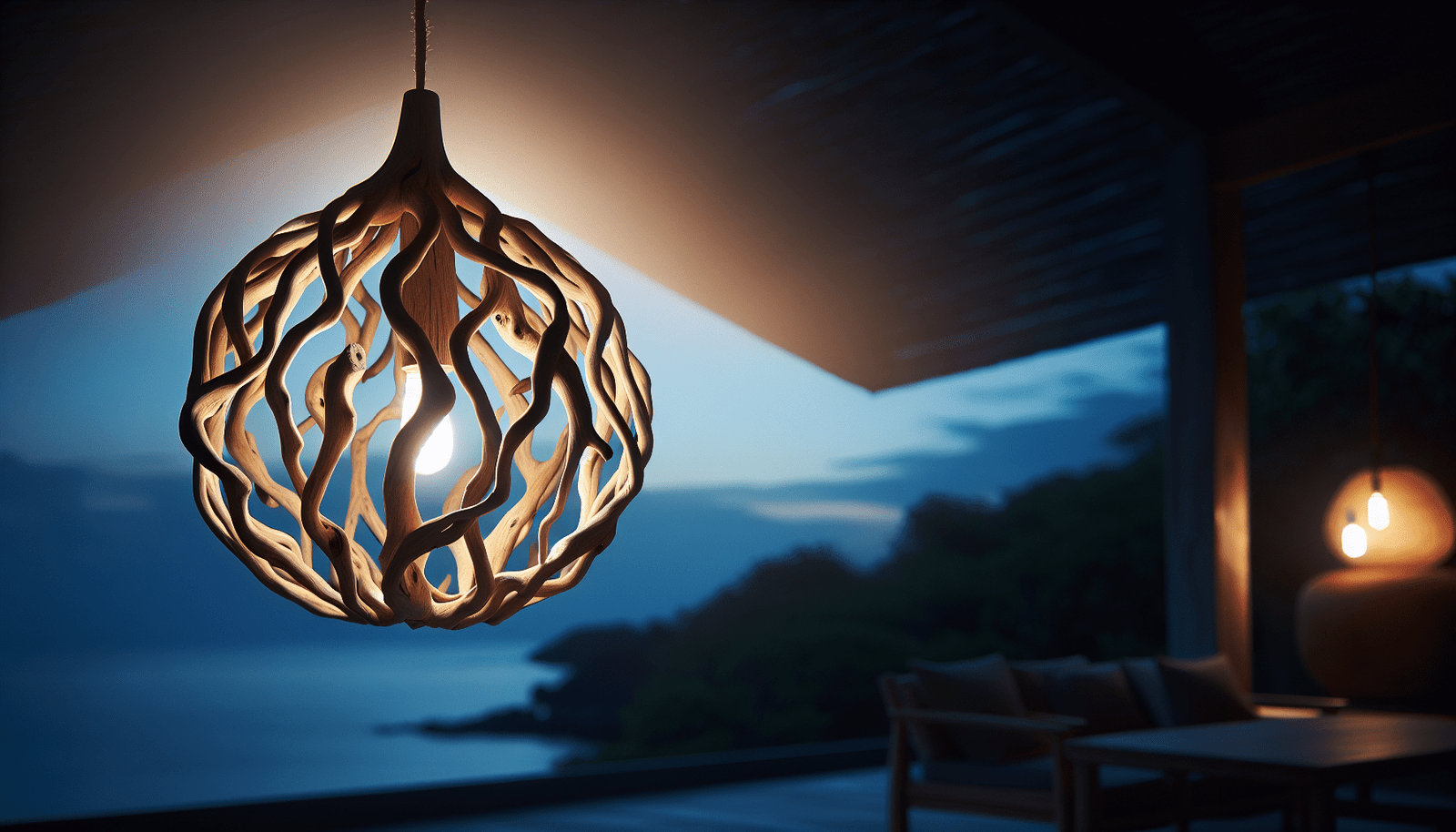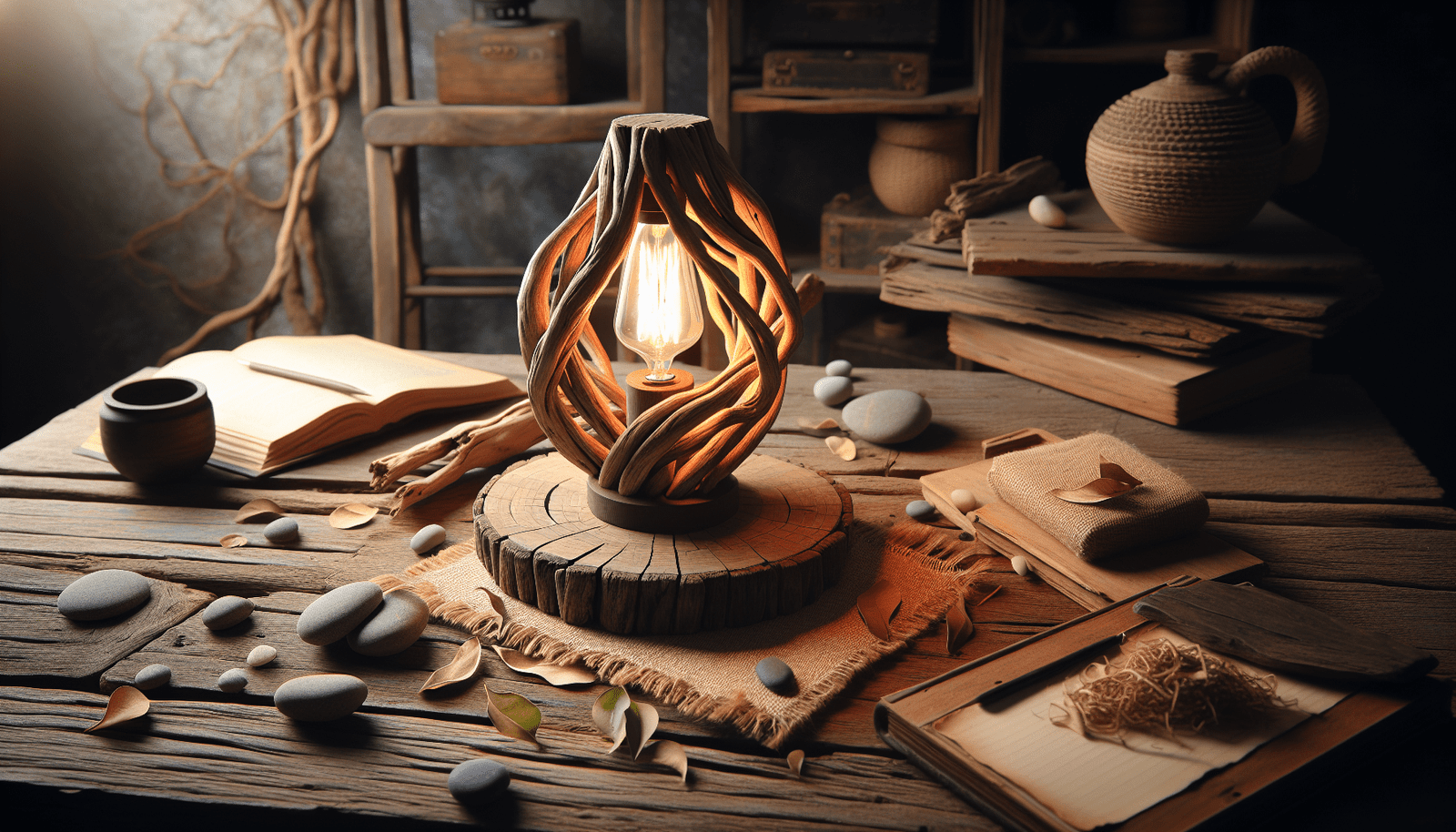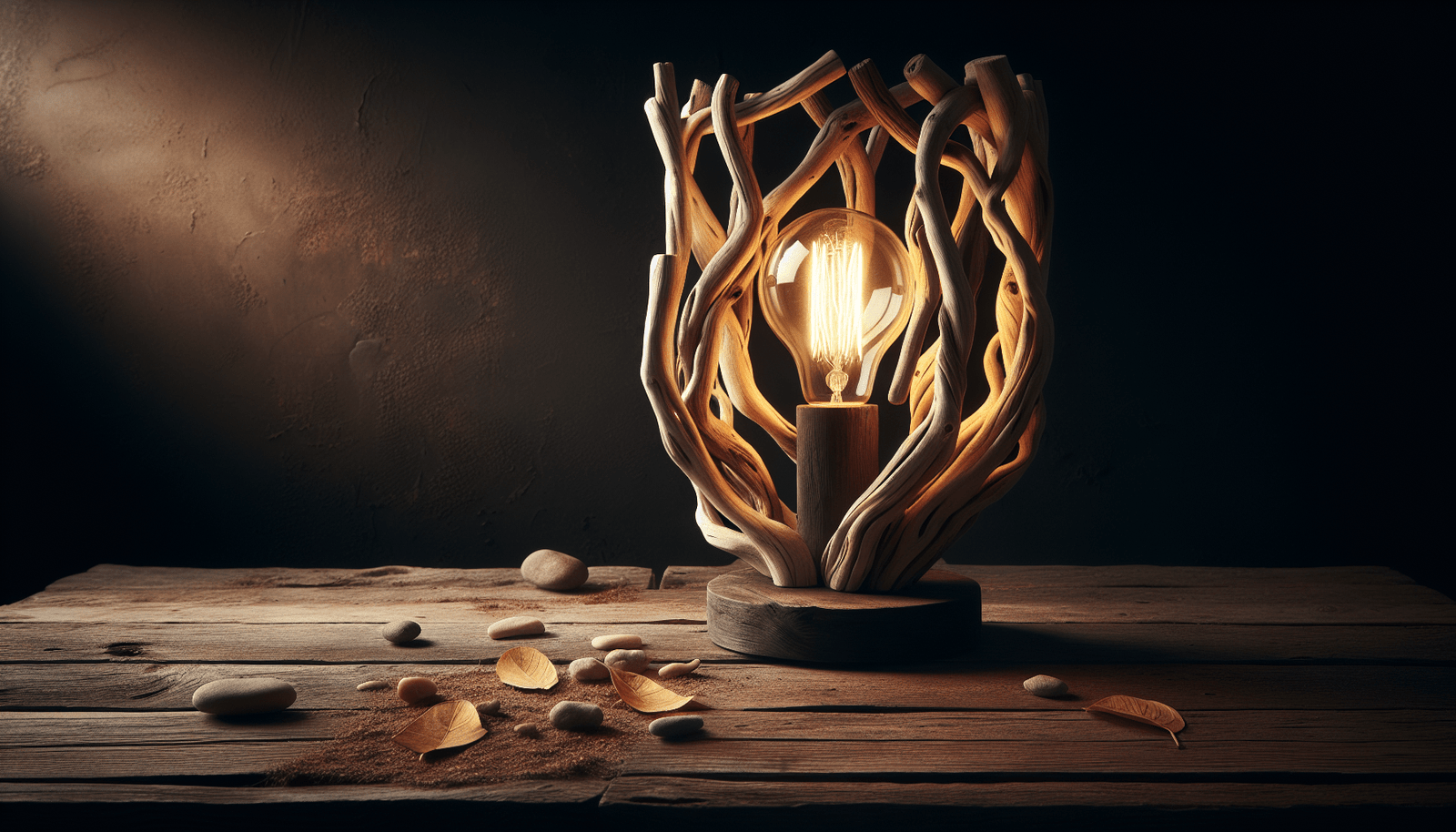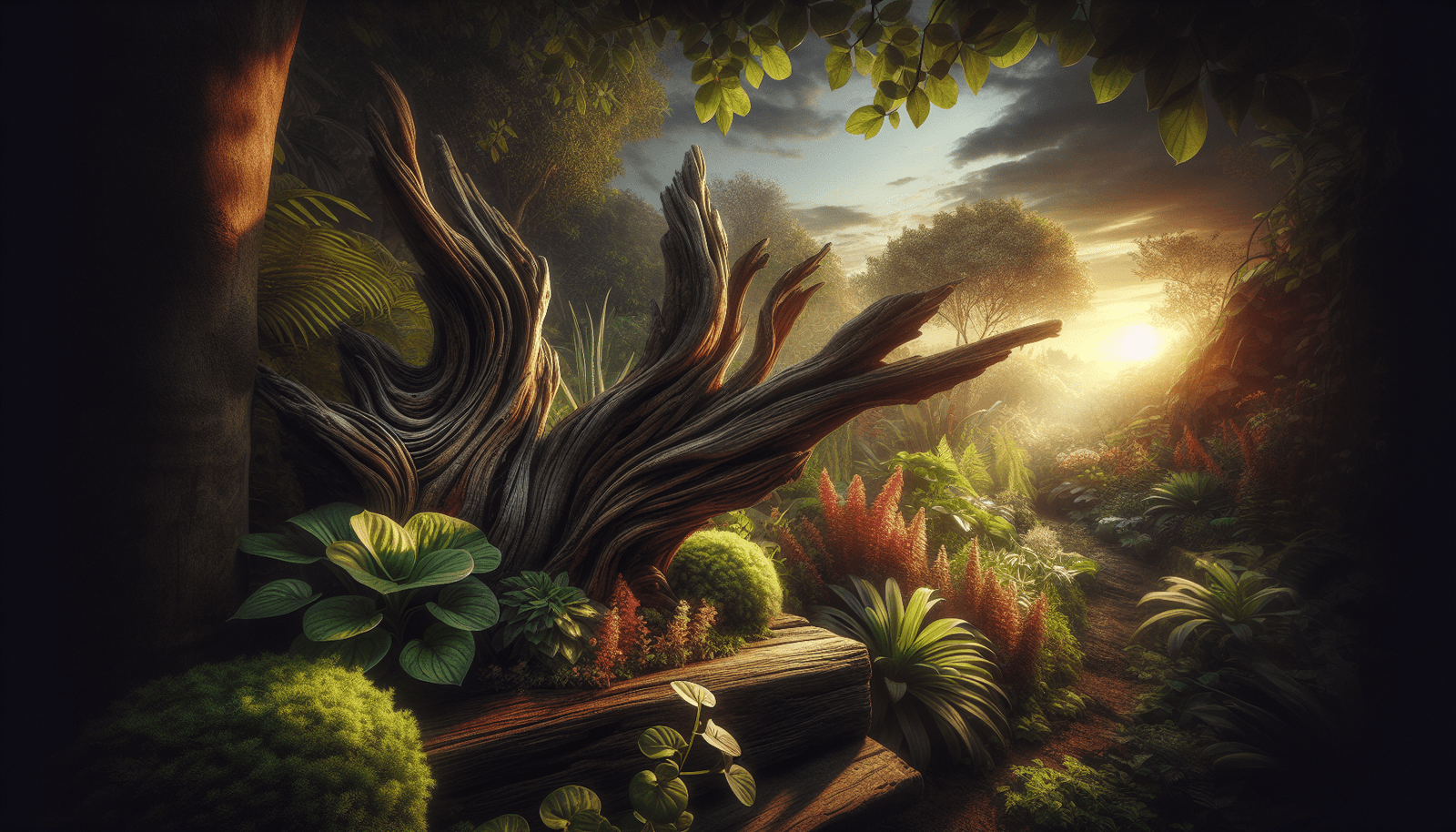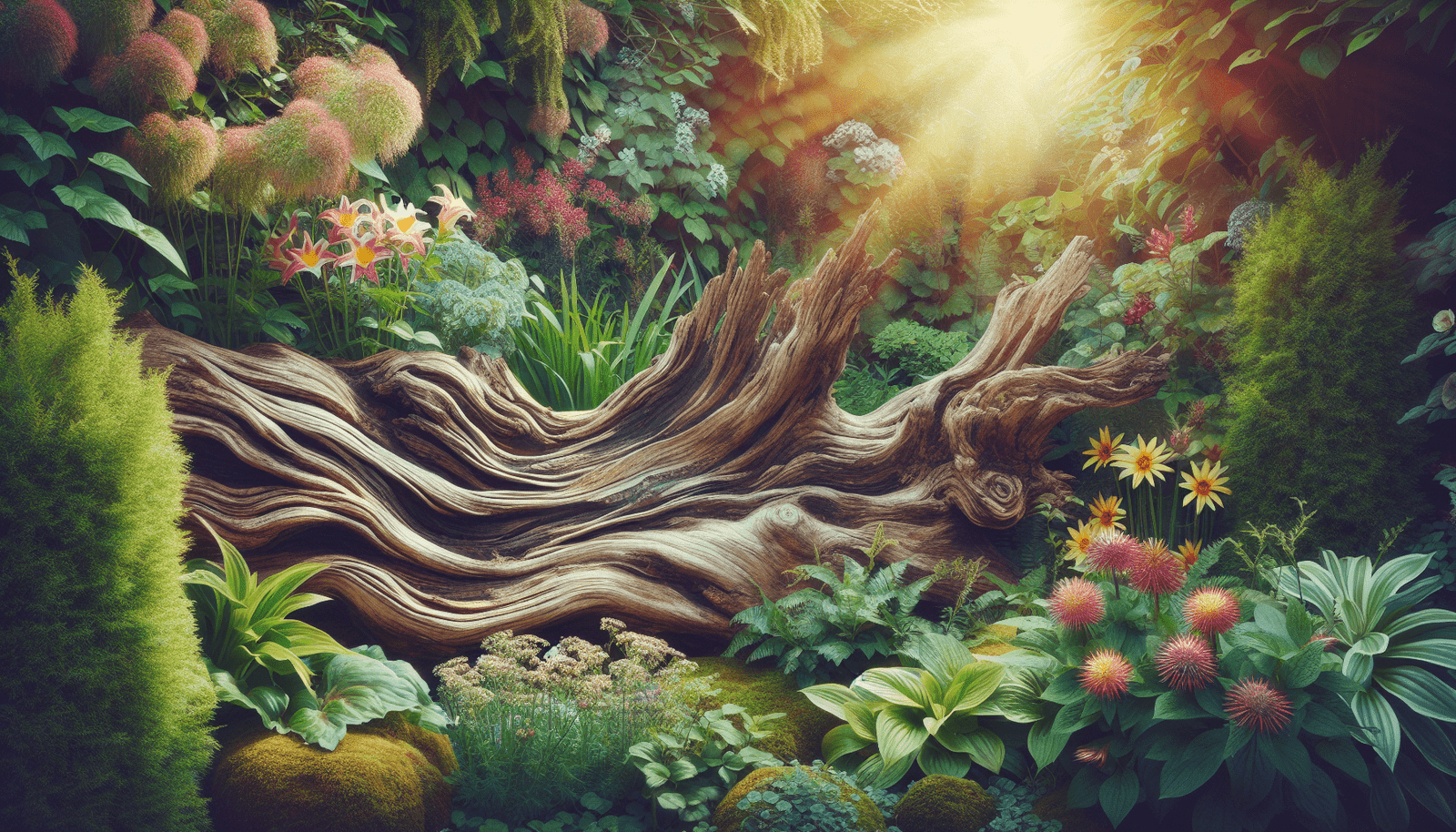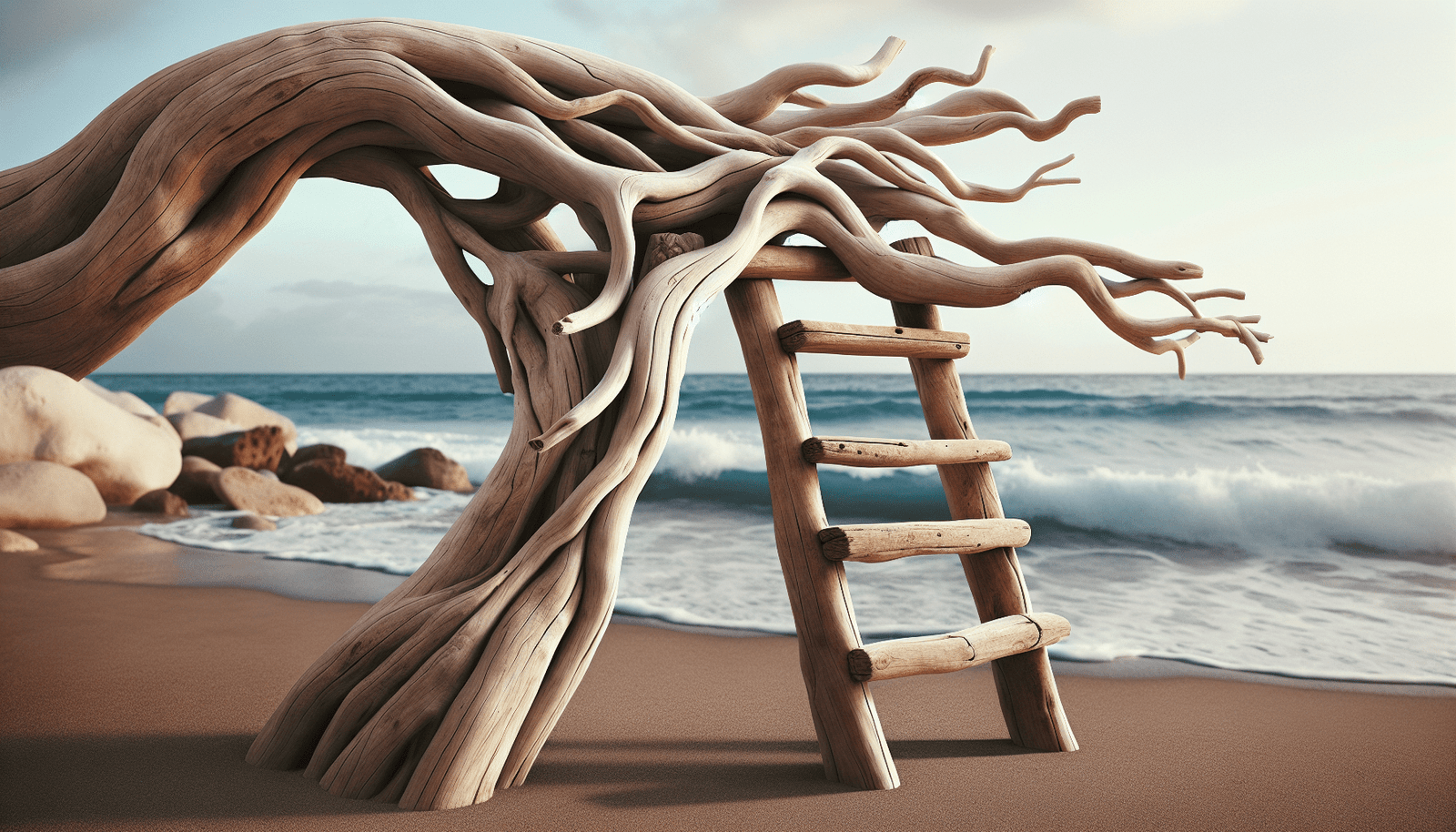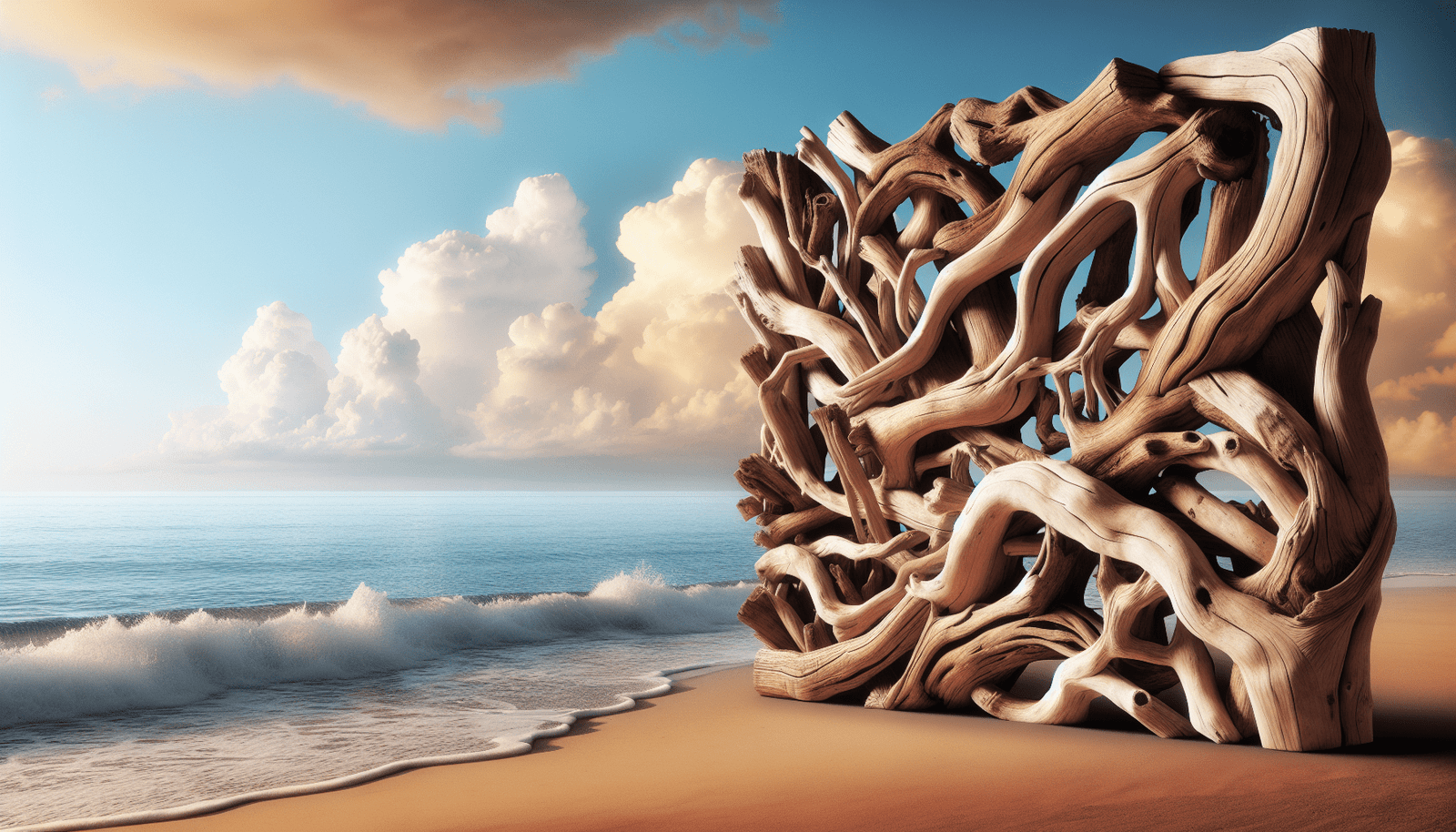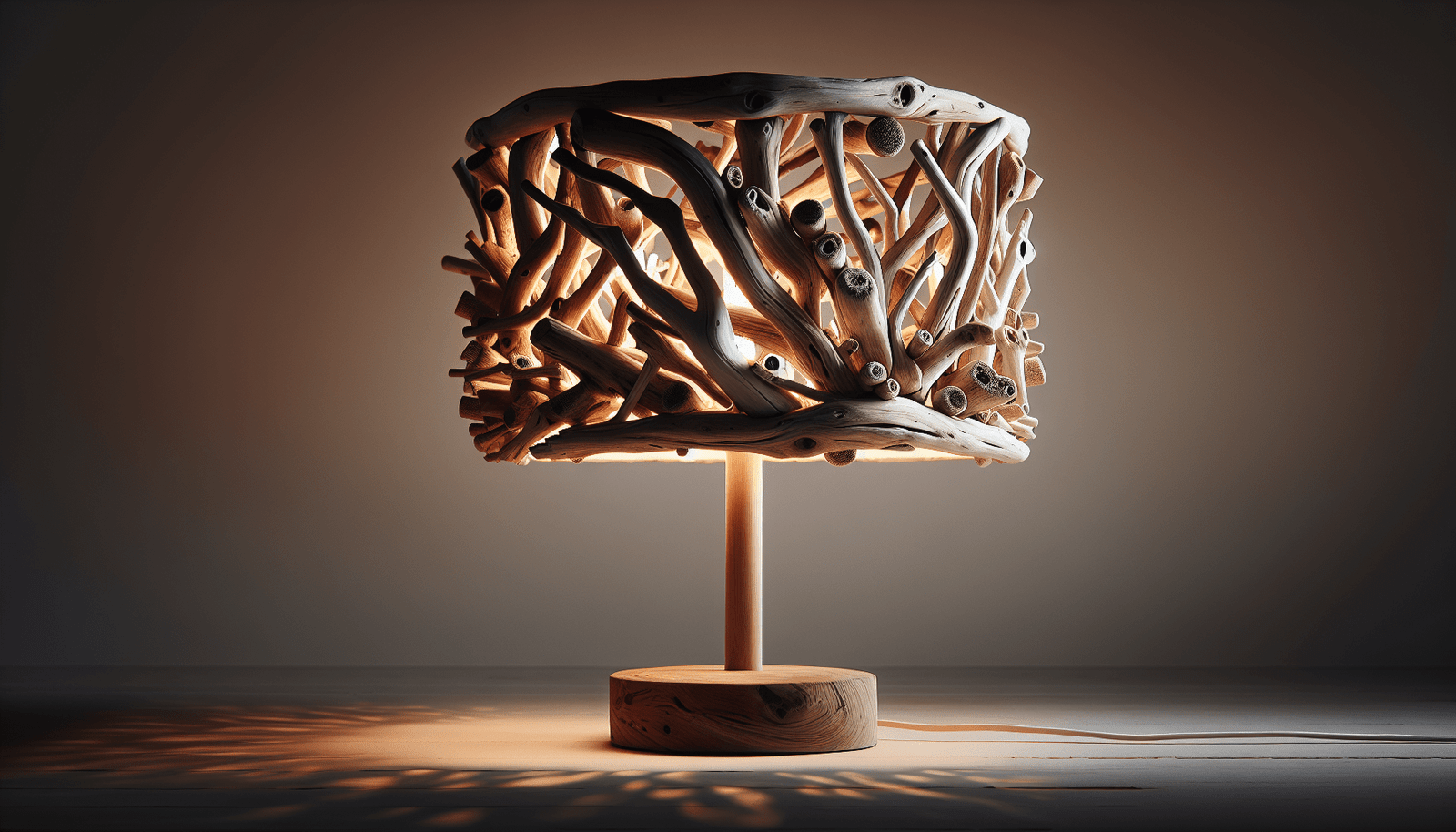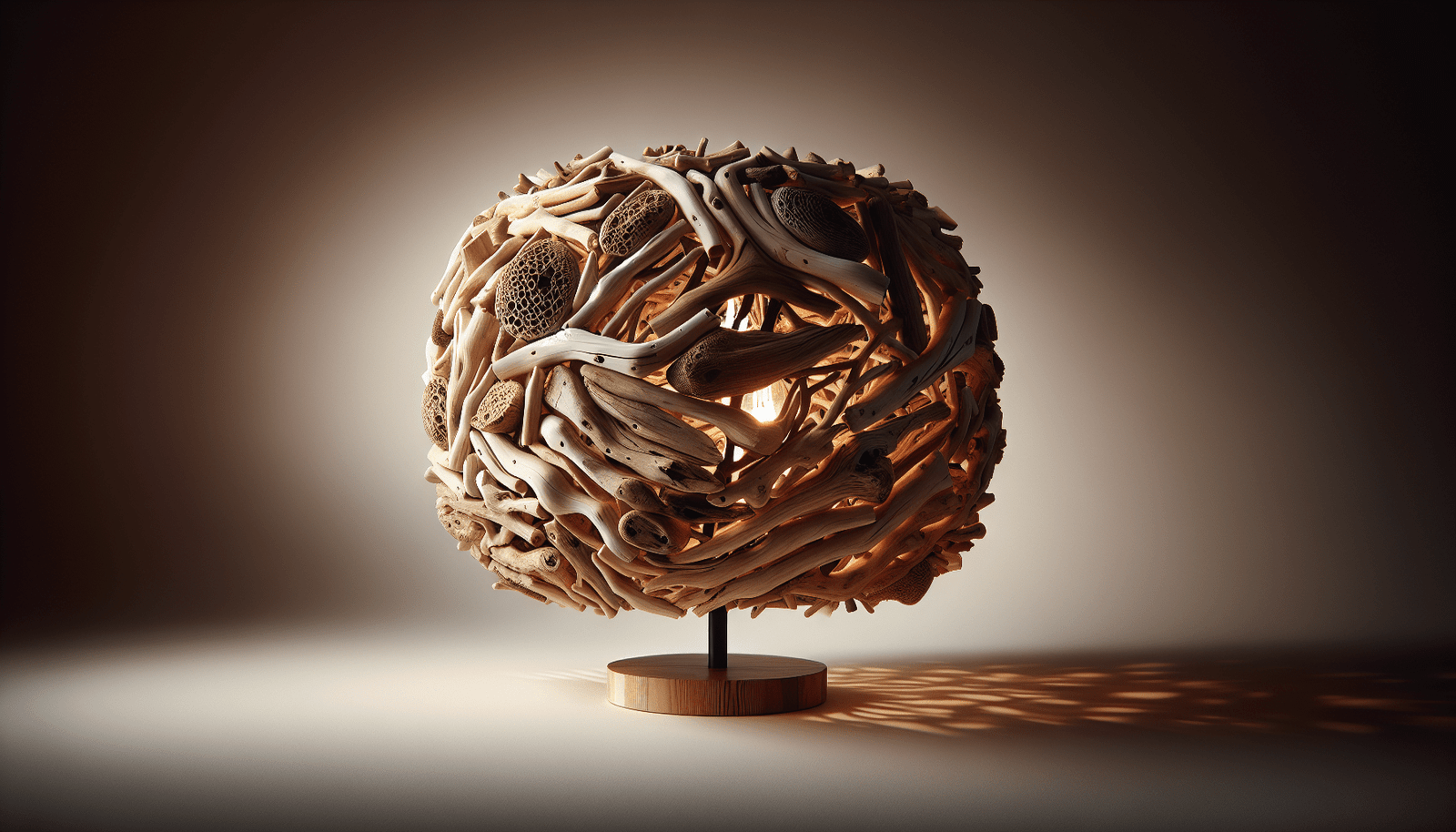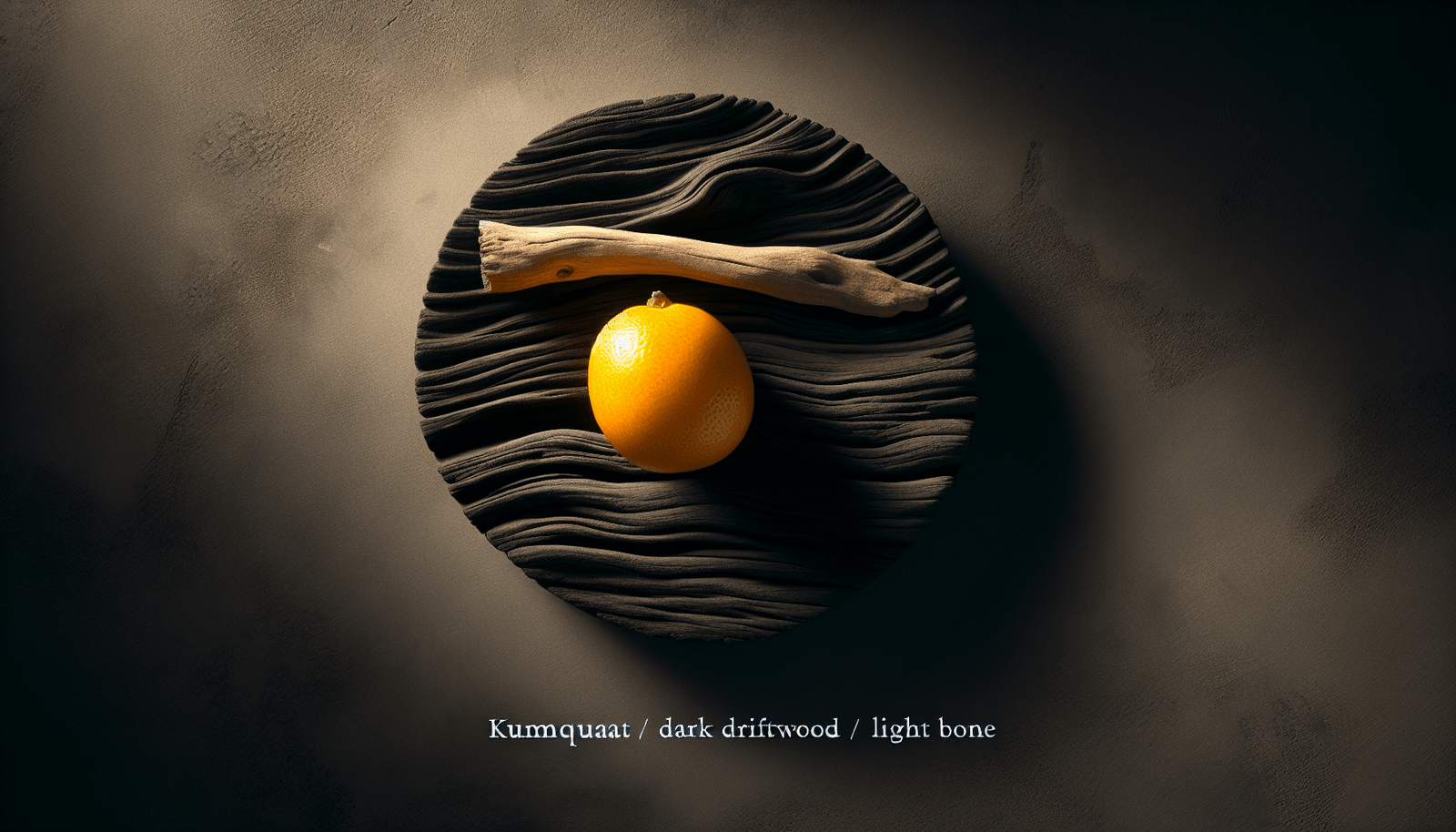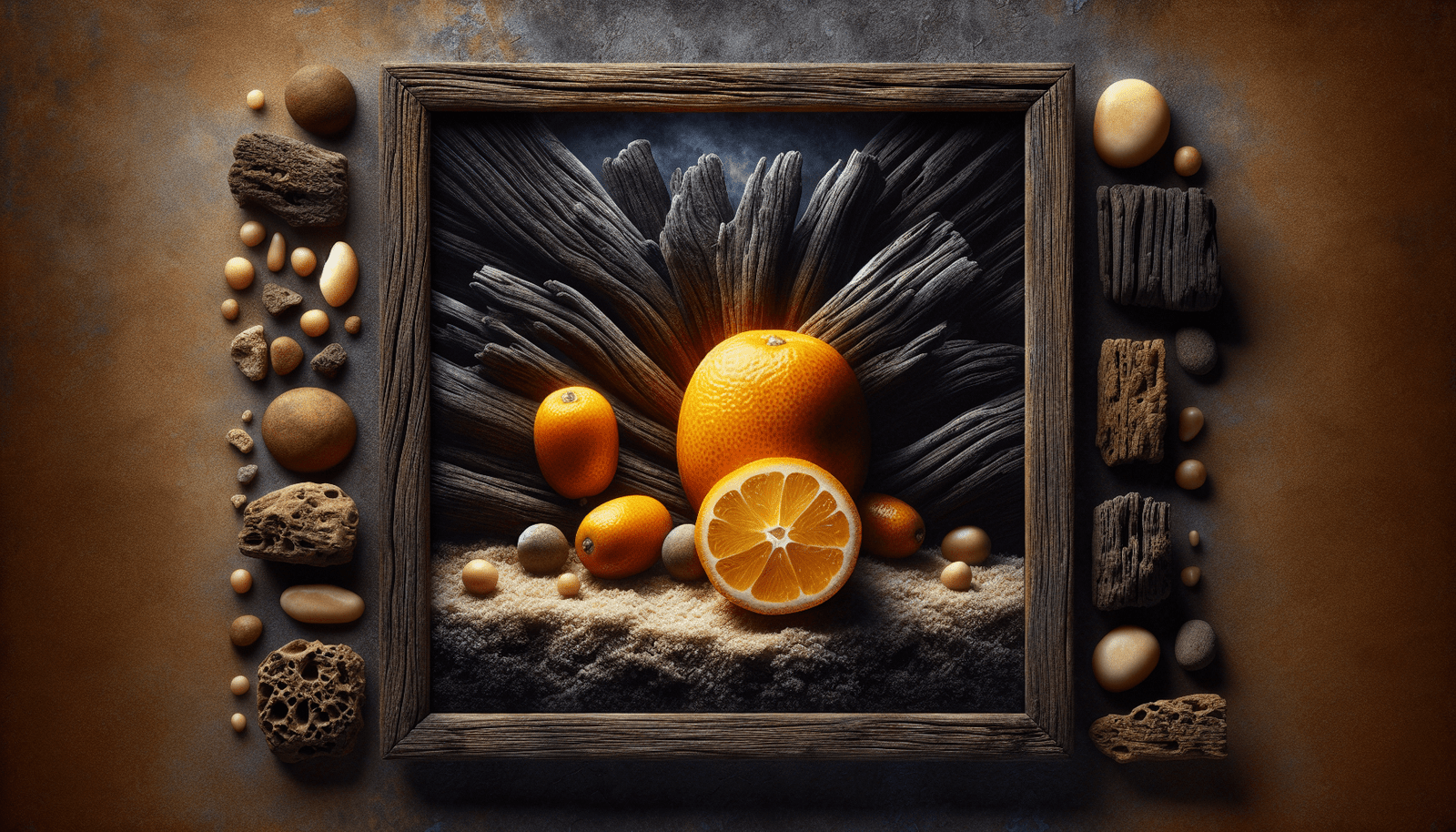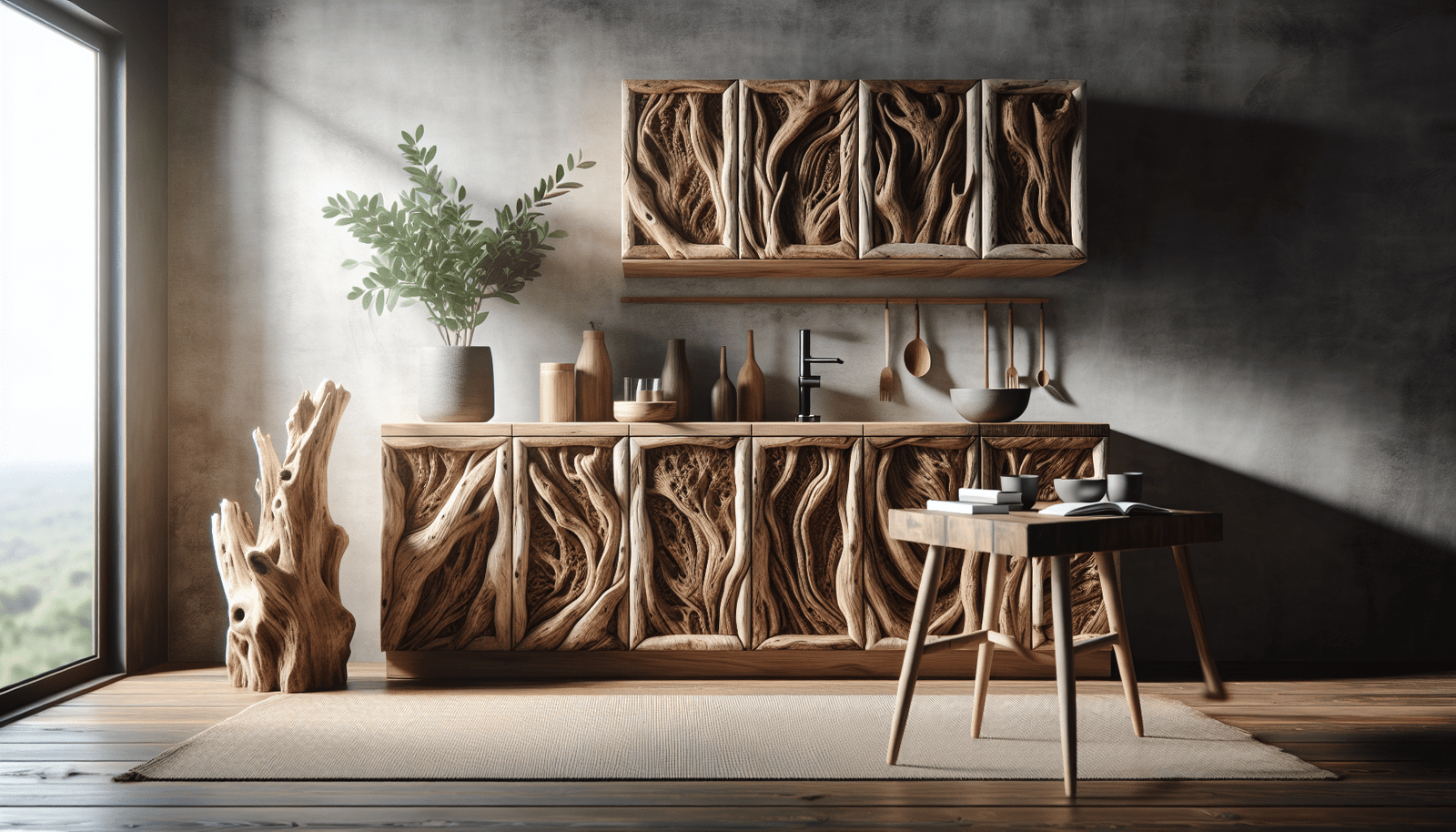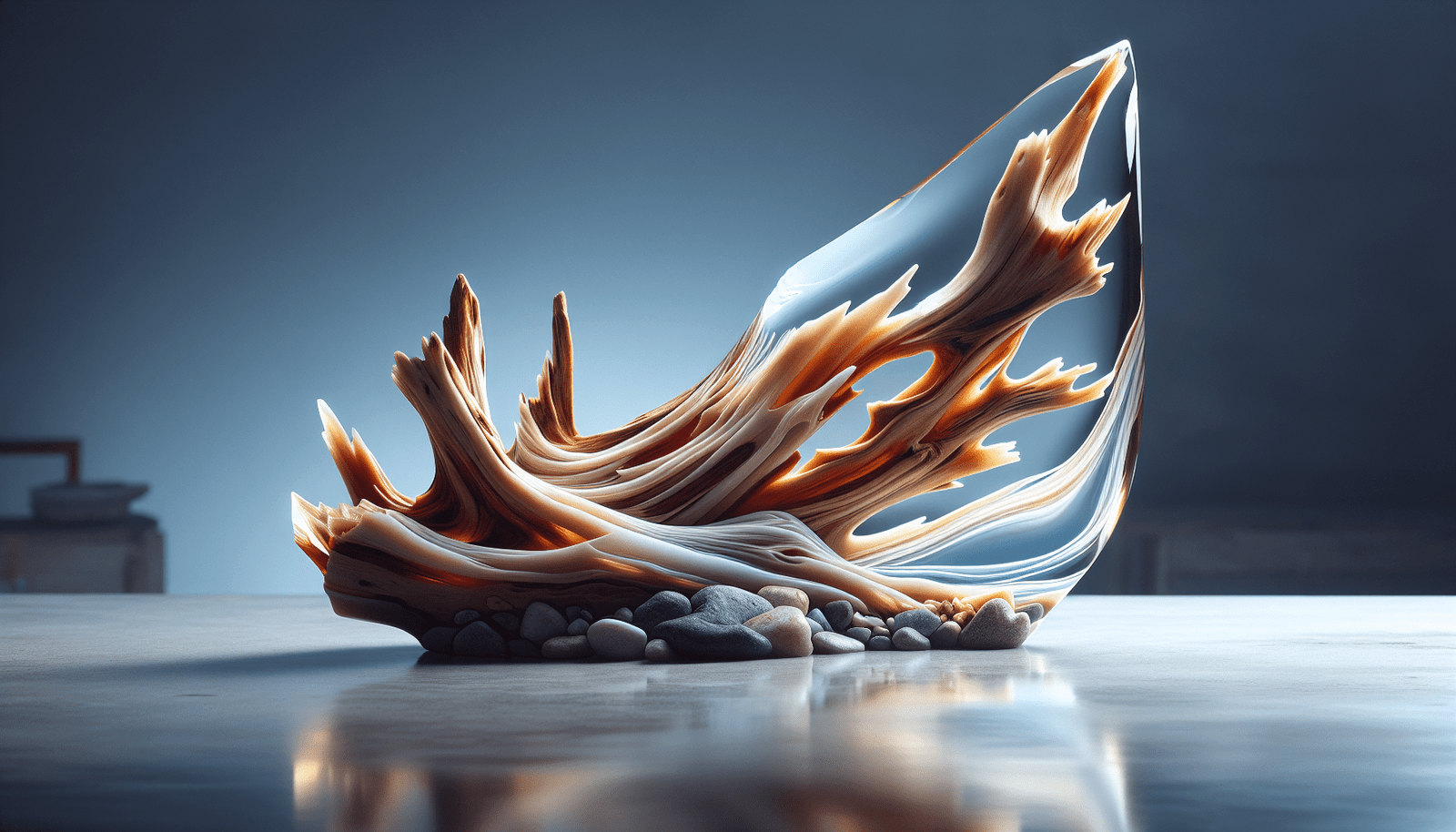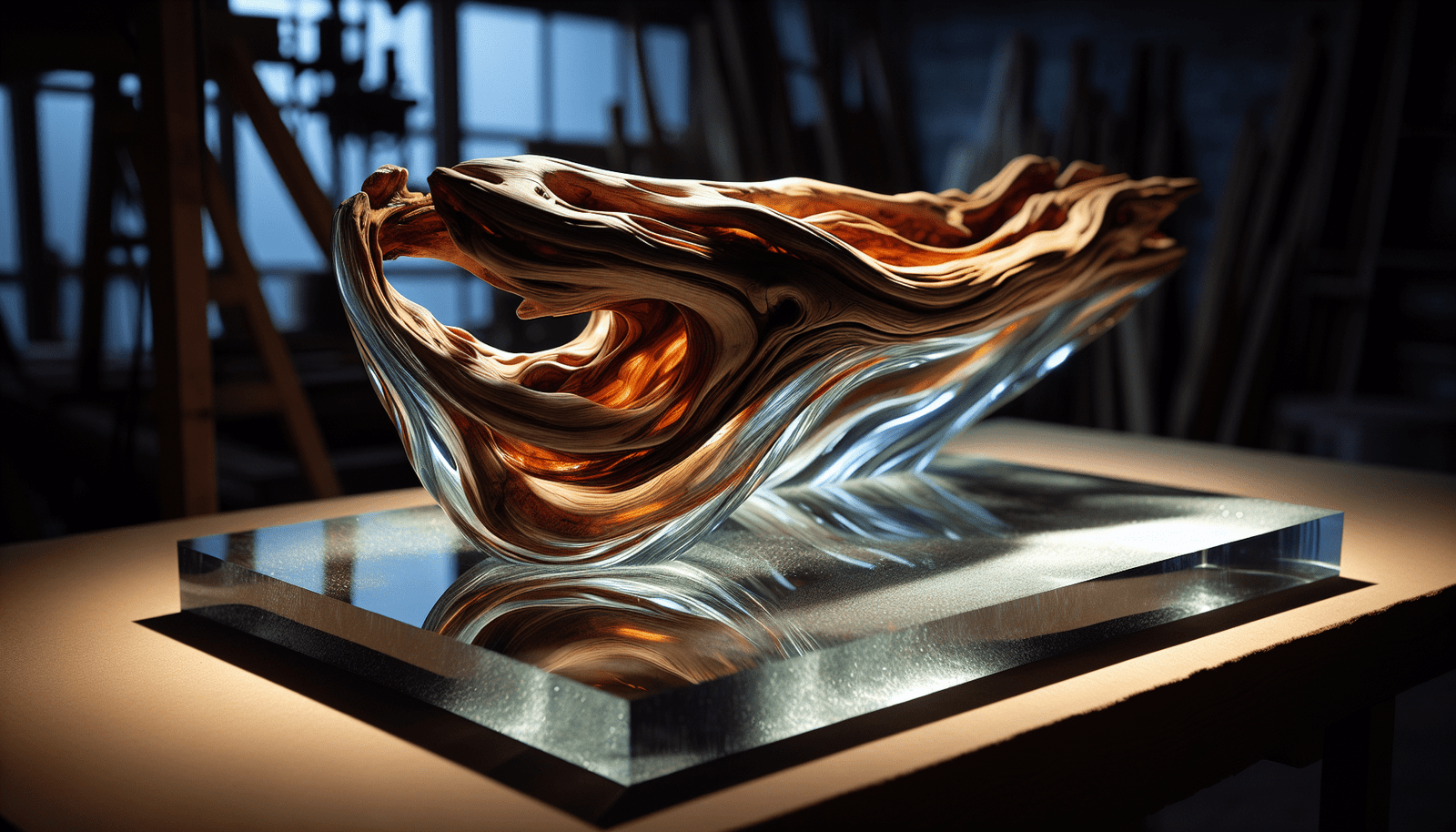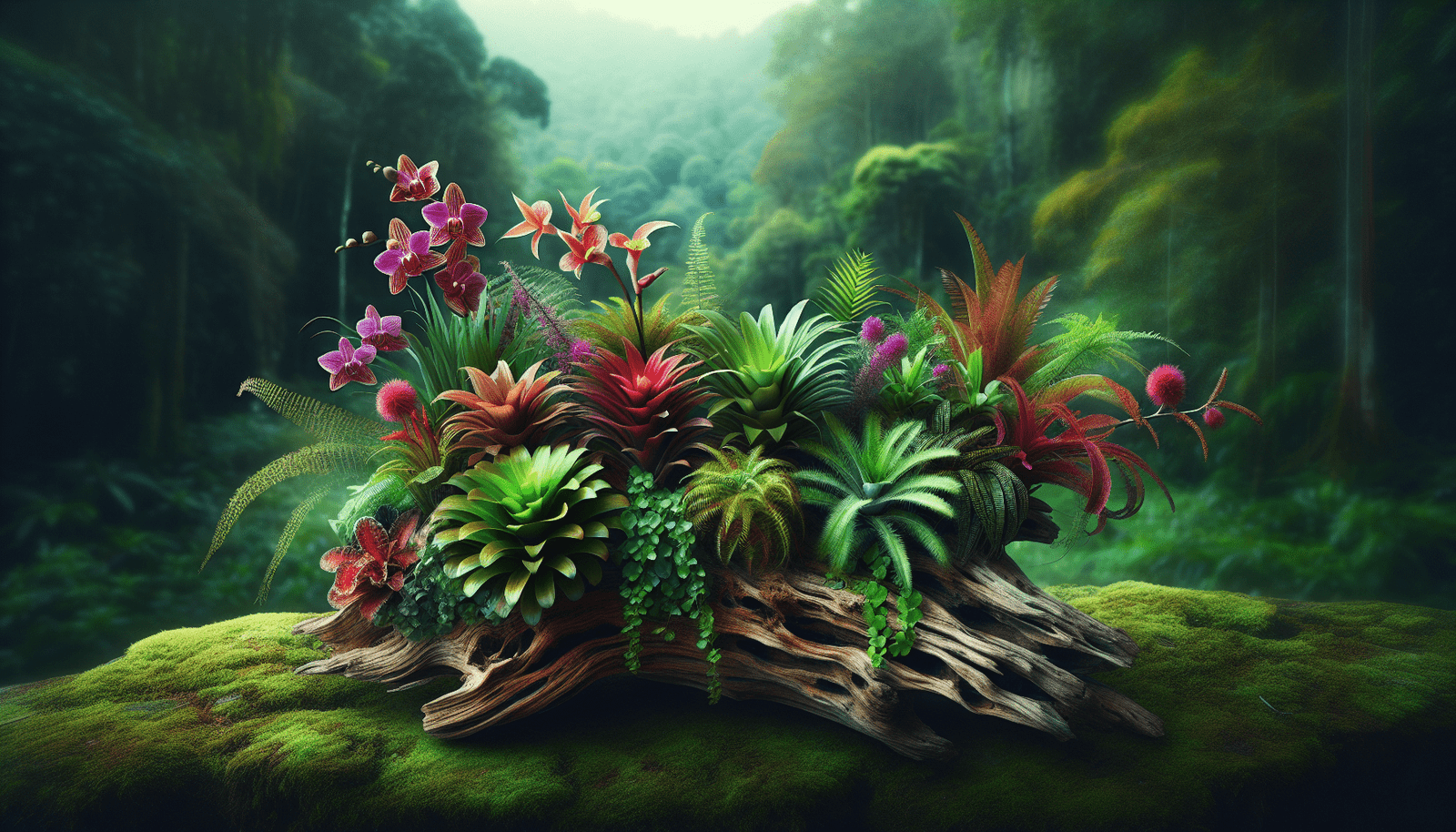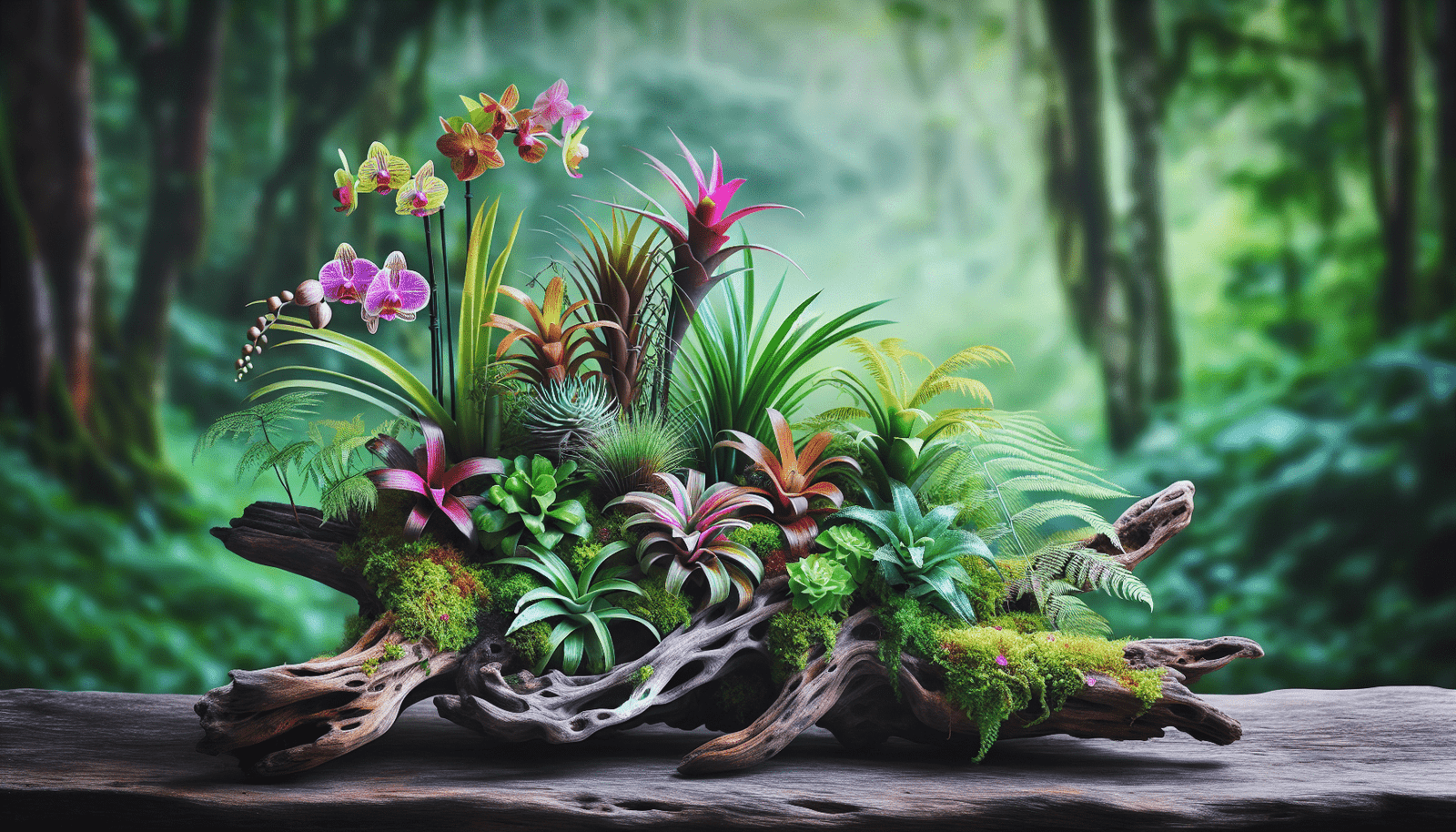Have you ever strolled along a beach and noticed the intricate art forms nature creates, such as pieces of driftwood nestled amongst the sand? Driftwood, with its unique shapes and textures, can transform any landscape into a stunning and serene environment. Imagine bringing such natural beauty into your own backyard or indoor space. But how do you start incorporating driftwood into a landscape? Let’s explore this fascinating subject together.
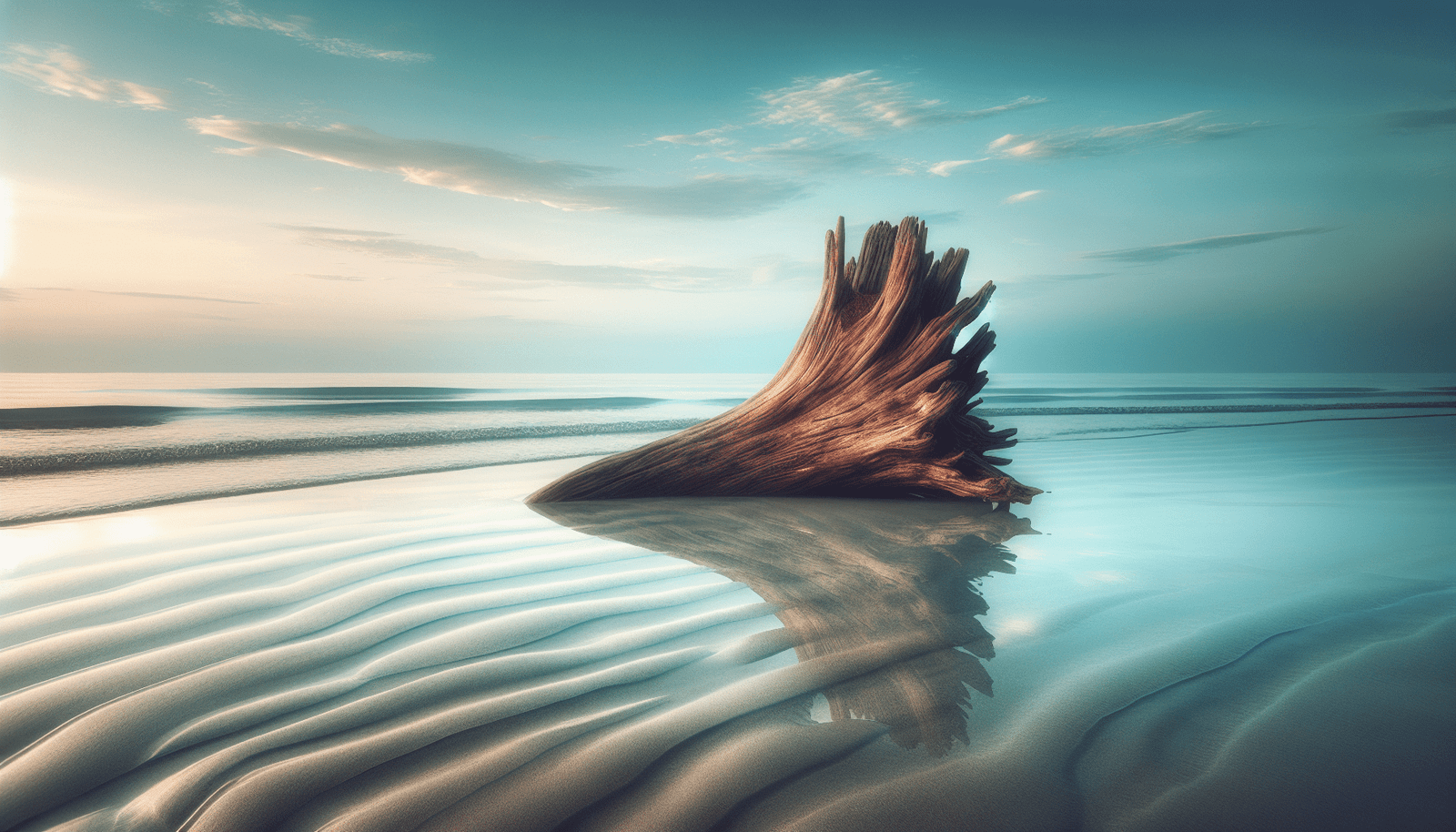
What is Driftwood?
Driftwood refers to any wood that has been washed ashore by natural actions of waterways, oceans, or seas. Over time, the elements, such as wind, water, and sun, shape this wood into beautiful, organic forms. Each piece of driftwood tells its own story, shaped by its journey and the elements it encountered along the way.
Using driftwood in landscaping can give it an earthy and artistic appeal. It not only enhances the aesthetic of your outdoor space but also provides countless design possibilities.
Benefits of Using Driftwood in Landscaping
Environmental Benefits
Driftwood is a sustainable material. Incorporating it into your landscape is an eco-friendly choice since it makes use of naturally available resources and doesn’t require new timber to be cut. Additionally, many pieces are already weathered, meaning they are resistant to decomposition, making them a durable choice for outdoor use.
Aesthetic Appeal
From rustic garden designs to sophisticated water features, driftwood adds a touch of nature and uniqueness. Its weathered appearance and organic shapes make it suitable for creating focal points or accents in both traditional and contemporary gardens.
Versatility
Driftwood is versatile in its applications. It can be used in water gardens, rock gardens, or even as stand-alone sculptures. You can use large pieces for creating benches or small pieces for decorative garden borders.
How to Select Driftwood for Your Landscape
Sourcing Driftwood
Finding the right pieces of driftwood requires patience and creativity. Often, the best places to find driftwood are local beaches and riverbanks. Each region can offer different types of wood, which can provide various textures and colors to work with in your designs.
Identifying Good Driftwood
When selecting driftwood, look for pieces that are solid and have interesting shapes. Avoid pieces that are too rotten or may easily break down. Consider the size and how it fits into your overall landscape design.
Prepping Driftwood
Before incorporating driftwood into your landscape, it’s essential to clean it thoroughly. Remove any bark, and soak it in fresh water to get rid of any remaining salt or sand. This preparation step ensures that the driftwood will last longer and not bring unwanted pests into your garden.
Ideas for Driftwood Landscape Design
Driftwood Garden Beds
For a natural garden bed, use driftwood to create borders. The uniquely shaped pieces of wood add character while helping to retain soil. Combine them with other natural materials like rocks or shells to enhance the rustic appearance.
Driftwood Sculptures
Use larger pieces of driftwood as stand-alone garden sculptures or as part of a more extensive installation. They can act as focal points, drawing the eye and creating interest within the landscape.
Water Features
Driftwood can add a breathtaking touch to water features. Whether it’s a small fountain or a large pond, driftwood complements the presence of water beautifully. Its weathered look blends seamlessly into any water setting, creating a tranquil environment.
Planter Enhancements
Integrate driftwood into planters for a unique, rustic look. By using driftwood as support or edging, you can create an exotic contrast between the wood and the greenery of the plants.
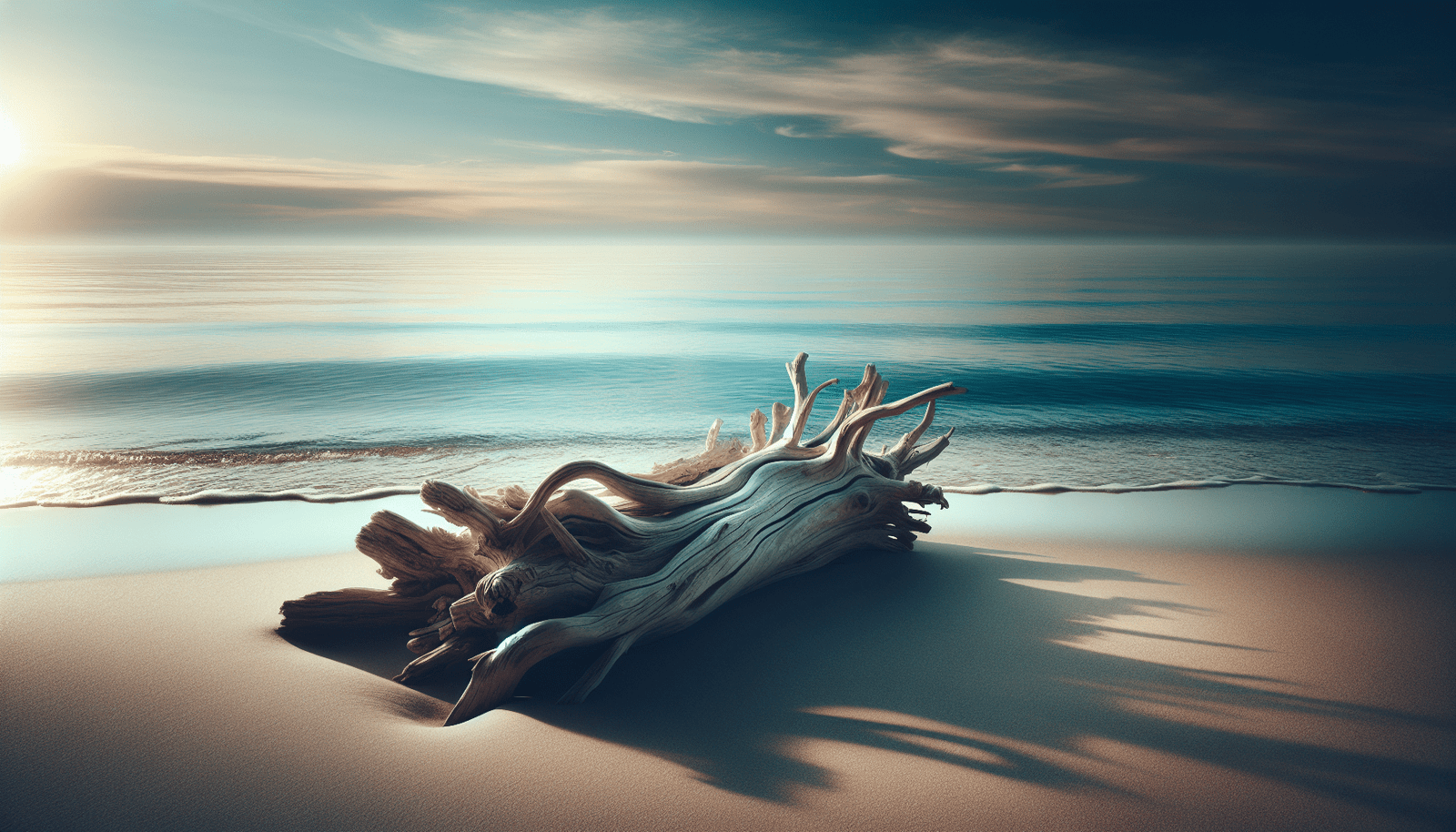
Indoor Driftwood Decorations
Driftwood Furniture
Bring the natural elegance indoors by crafting furniture from driftwood. Tables, chairs, or even headboards made from driftwood can be the centerpiece of any room. The unique shapes and textures add an element of coastal cottage charm to your home decor.
Driftwood Wall Art
Create captivating wall art by assembling pieces of driftwood in various patterns and designs. This natural art can be a conversation starter and adds a touch of nature to living spaces.
Lighting Fixtures
Enhance your home lighting by incorporating driftwood into lamp designs or chandeliers. The contrast of light against the rough, textured wood creates dynamic and inviting spaces.
Maintaining Driftwood in Your Landscape
Weather Protection
While driftwood is naturally resistant to the elements, applying a sealant can prolong its durability, especially if it’s exposed to harsh weather conditions. Reapply sealant every few years to maintain the wood’s integrity and appearance.
Pest Control
Although cleaning should remove most pests, routine checks should be conducted to ensure that no insects have made the wood their home. Consider natural pest control measures to deal with any potential issues.
Regular Cleaning
Regular cleaning can prevent mold growth and maintain the driftwood’s natural beauty. A soft brush or cloth can help remove dirt and debris, preserving the wood’s intricate details.
Challenges and Solutions in Using Driftwood
Finding the Right Pieces
Since driftwood is naturally unique, finding pieces that fit your vision can be challenging. Sometimes, it may take multiple trips to find the perfect piece. Consider collaborating with local artisans or shops specializing in driftwood for extensive options.
Weight and Stability
Large pieces of driftwood can be quite heavy, making installation a challenge. Ensure that any large pieces used as sculptures or furniture are securely placed and, if necessary, reinforced with stable bases or supports.
Matching Styles
Driftwood has a distinct appearance, which might not easily blend with certain types of modern or industrial landscaping. Pair driftwood with complementary materials such as stone, metal, and glass to achieve a more cohesive look.
Conclusion
Creating a driftwood landscape is an artistic, eco-conscious endeavor that brings the beauty of nature into your space. Whether outdoors in your garden or inside your living room, driftwood’s natural and weathered look imparts a rustic, serene charm that resonates with the essence of nature. Armed with creativity and diligence in sourcing, cleaning, and maintaining driftwood, your landscape can become a timeless masterpiece that tells its own beautiful story. By integrating driftwood into your designs, you craft an environment that is both stunning and sustainable, inviting you and your guests to enjoy a touch of nature’s artistry in your everyday surroundings.
